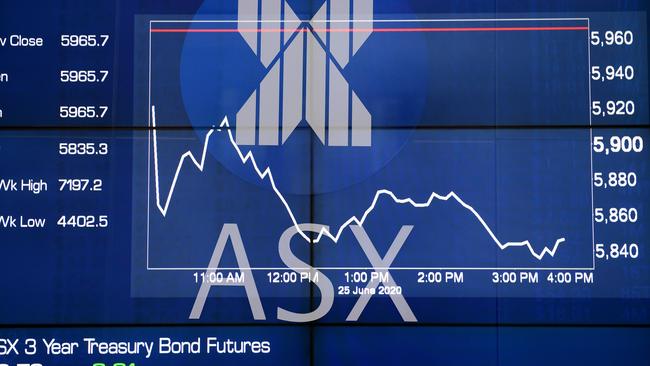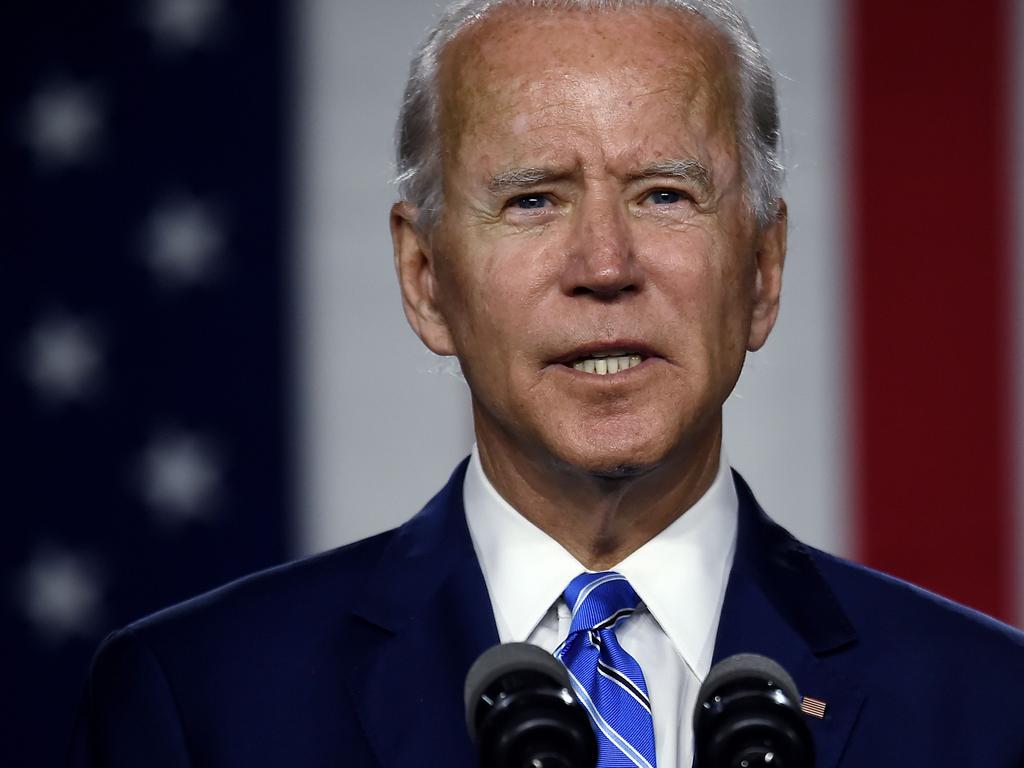Taking stock as clouds return to market outlook
What might be the likely response of markets if the recent surges in COVID-19 infections continue?

We have come to a point where many sharemarket indexes had recovered most or all of their earlier losses.
Recall that average share prices collapsed by more than a third in the four weeks to late March as the COVID-19 pandemic caused a deep and sudden collapse in economic activity around the world.
But more recently we have seen gains from when the spread of infections in the US and Europe appeared to be levelling out, when the US policy responses or economic data were stronger than expected, and when US markets took a positive view on the potential discovery of a vaccine.
Two questions loom: Why have average share prices rallied so strongly over the past four months? And what might be the likely response of markets if the recent surges in COVID-19 infections in the US and Australia continue?
I believe items one, three and six below are of the greatest importance, and item eight is too often overlooked by investors.
Investors with cash can probably await cheaper entry points into the sharemarket.
1. The course of the pandemic. If infections in the US continue to increase, global markets are likely to take a hit. On the other side of the coin, of course, discovery of a vaccine would significantly boost economic confidence and investor sentiment.
2. Economic conditions. GDP contracted seriously in the June quarter in most countries, though at rates well below the falls of 10 per cent widely predicted in March. In both the US and Australia, high frequency data suggest overall economic conditions started to recover from late April, and retail sales recovered strongly in May and June. But unemployment hasn’t yet peaked, the tentative recoveries in economic conditions are extremely uneven, and many companies will be reporting big falls in profits and dividends.
3. Fiscal stimulus. Most economies have eased fiscal policy on a massive scale, including the US (where this year the budget deficit is expected to be 16 per cent of GDP), Japan (a deficit of 10 per cent of GDP) and in Europe (where the new Recovery Fund is a significant step towards the EU having a counter-cyclical fiscal policy). The Australian government ran a budget deficit of $85bn (4.5 per cent of GDP) in 2019-20, and it projects a deficit of $185bn (9.7 per cent of GDP) in 2020-21 — over the two years, government outlays will rise by at least a third.
4. Bonds on issue. Over time, the build-up in government bonds on issue is likely to become a major problem in many countries. But that’s a worry for when inflation reappears, and that seems unlikely in the next couple of years.
5. Monetary policy. Around the world, monetary policy is highly accommodative, with low cash rates backed up in many countries by aggressive targets for central bank purchases of debt from markets. Australia has adopted a form of yield curve control with a target of “about” 0.25 per cent for the yield on three-year government bonds that is to apply until employment is much higher and inflation is again in the range of 2-3 per cent a year.
6. US shares. US markets generally set the direction other markets follow. In the US, share valuations measured in terms of the prospective average price-to-earnings multiple (currently about 22 times) look stretched, particularly if the forecasts for aggregate earnings are downgraded further. But low interest rates and abundant liquidity are likely to remain supportive of share prices for another couple of years, in part because near-negligible interest rates cut into the income of investors in interest-bearing assets, encouraging them to seek yield from shares paying reliable dividends (and from infrastructure funds and selected hybrids).
7. Dividends. The COVID-19 recession is causing many companies to cut or defer dividends. In Australia, analysts at Citi suggest the listed companies they cover will pay $46bn in total dividends, or 36 per cent less than they had predicted in March. In 2021, dividends are forecast to bounce back by 22 per cent to $56bn.
8. Wait for the recession to end? Some investors say they are holding off re-entering the market until the global recession is ended. Historically, this is a strategy that constrains returns. Ashley Owen, my colleague at Stanford Brown, has compared the timing of Australian recessions and sharemarket downturns.
Owen found that share prices rose in 17 of 20 economic slumps we’ve experienced since 1880 (and in every one of the last nine recessions), and concludes: “Although share prices often fell heavily at around the same time as the economic crises, in almost all cases the sharemarket fell before the economic contractions and then started to rebound during the contractions. The hard part for investors is having the courage to buy shares when the economy is still contracting in the middle of recessions, and media headlines are full of doom and gloom about corporate collapses, bankruptcies, and rising unemployment.
Don Stammer is an adviser to Stanford Brown Financial Advisers. The views expressed are his alone.
don.stammer@gmail.com







To join the conversation, please log in. Don't have an account? Register
Join the conversation, you are commenting as Logout